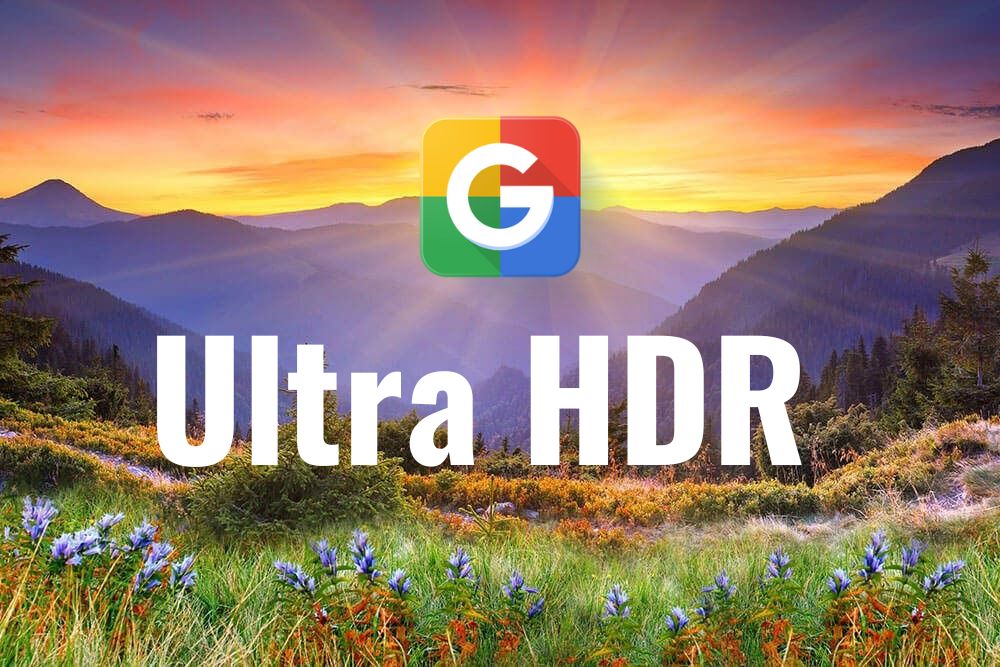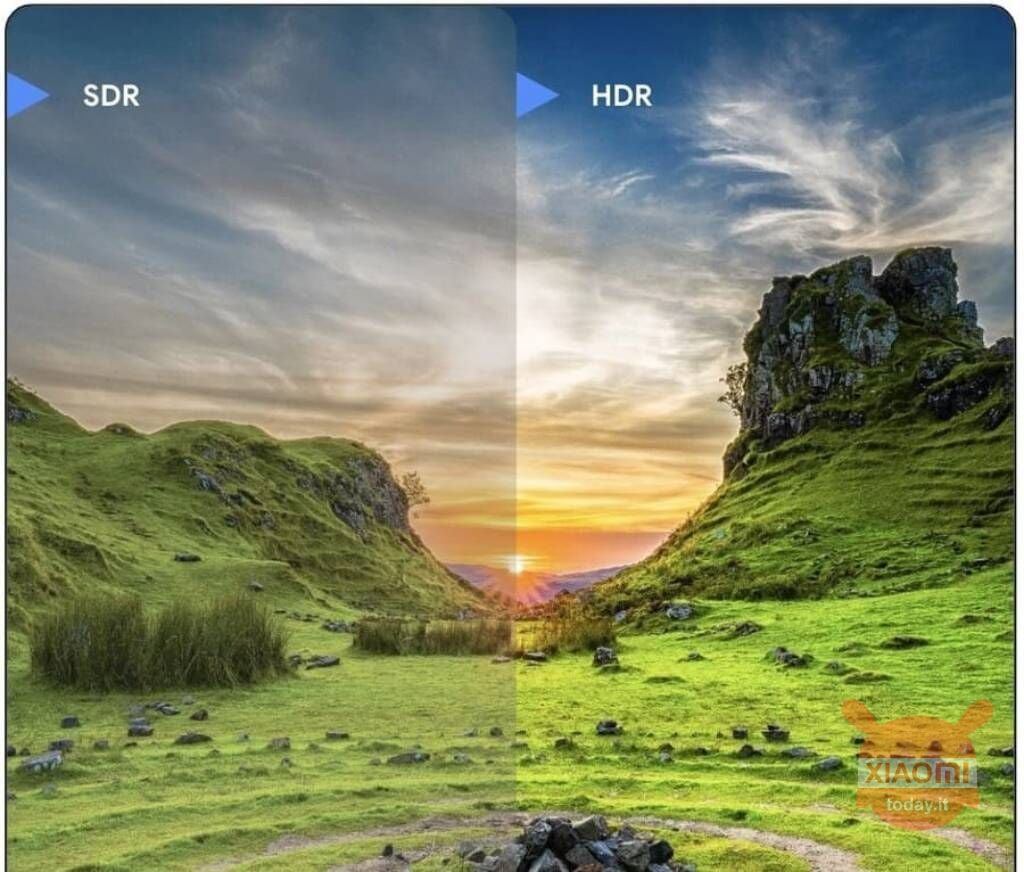
Google recently announced a major upgrade to photo quality on Android devices, known as “Ultra HDR”. This update will allow all Android apps on compatible devices to display images with a much wider range of brightness and color, similar to the experience offered by HDR-enabled high-end TVs. Let's see the details together and see how it works and who can use Google's Ultra HDR.
Topics of this article:
The new system to improve photo quality on Android devices
Google Ultra HDR technology will come built into Android 14 and will initially support a few key apps, including Google Photos. However, it will be up to third-party apps and platforms to decide whether to support this format. Adobe has streamlined its support for the format, so it's likely many apps and platforms will adopt it.

Read also: Google announces Wear OS 4 for smartwatches. What changes?
How does Ultra HDR work?
This technology adds a layer of information called “gain map” to traditional JPEG files. Compatible devices can use this map to enhance the standard image and turn it into an HDR photo. Google's approach is based on an Adobe patent that describes how create and store these maps within a standard JPEG file. A significant advantage of this methodology over other HDR formats is that current software can display Ultra HDR JPEG files as usual, just ignoring the gain map.
This means you don't need to create separate versions of your standard and Ultra HDR format images. Just use the Ultra HDR format and all devices will be able to display images in the best available quality. However, it is important to note that some image editing software and social media platforms may remove gain maps when saving changes, thus losing the HDR component of the image. This is a challenge that software developers will face if Ultra HDR is to become widely adopted.
When will Ultra HDR be available?
At the moment, the beta tester users of Android 14 will have access to Ultra HDR, but there are already other ways to view Ultra HDR images. Unlike proprietary technologies like Dolby Vision that require licensing, the Adobe's earnings maps are free, paving the way for wider deployment beyond the Android ecosystem. Technically, there's no obstacle for Apple to implement Ultra HDR support on iOS, for example. Although Google's announcement only affects JPEG files, Adobe's underlying technology it even works with modern image formats like Apple's HEIC.
Ultra HDR offers a major step forward in this area, allowing users to take full advantage of the camera capabilities of their Android devices. With a wider range of brightness and color, the captured images will be more detailed and lifelike, highlighting details in the light areas and in the shadows. This leads to a more immersive and fulfilling viewing experience for users.








